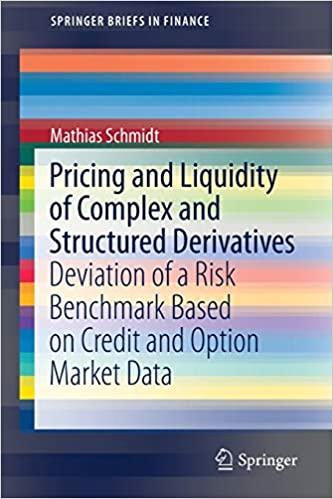

marijuana. The formal market opened in late 2015. The dataset oregon_pot.dta contains information on the price and quantity of bud-the top-selling product-by month and county from November, 2016, through January, 2018. Use these data to estimate the parameters of the following econometric model of demand for bud: InQbud = B + Blnpbud + B3lnpedible + Uit Where Qbud is the quantity (in pounds) of bud sold in county i in month t, pbud is the after-tax price per pound of bud, pedible is the after-tax price of marijuana edibles (e.g., gummies), and u is a disturbance term that satisfies all of the conditions necessary for the Gauss-Markov Theorem to hold. 4. (20 marks) Now estimate the parameters of an expanded econometric model of demand for bud: InQbud = B + Blnpbud + P3lnpedible + Pilnpextract + Vit where pextract is the after-tax price of marijuana extracts (e.g., THC oils). a. (5 marks) Report the OLS parameter estimates and standard errors for each of the explanatory variables in this new model. (This is a STATA assignment, please answer the question AND include your STATA output screenshot) b. (15 marks) Test the null hypothesis that the cross-price elasticity of demand for bud with respect to extracts (i.e. 4) is zero versus the economically relevant alternative hypothesis. i. (5 marks) Write down the null and alternative hypotheses (in terms of the relevant parameter in the model). ii. (5 marks) What are the formula for and the value of the test statistic? iii. (5 marks) Assuming a 5% level of significance, can you reject the null hypothesis? To receive full credit, be sure to show the degrees of freedom and critical value(s) for your test of the null. marijuana. The formal market opened in late 2015. The dataset oregon_pot.dta contains information on the price and quantity of bud-the top-selling product-by month and county from November, 2016, through January, 2018. Use these data to estimate the parameters of the following econometric model of demand for bud: InQbud = B + Blnpbud + B3lnpedible + Uit Where Qbud is the quantity (in pounds) of bud sold in county i in month t, pbud is the after-tax price per pound of bud, pedible is the after-tax price of marijuana edibles (e.g., gummies), and u is a disturbance term that satisfies all of the conditions necessary for the Gauss-Markov Theorem to hold. 4. (20 marks) Now estimate the parameters of an expanded econometric model of demand for bud: InQbud = B + Blnpbud + P3lnpedible + Pilnpextract + Vit where pextract is the after-tax price of marijuana extracts (e.g., THC oils). a. (5 marks) Report the OLS parameter estimates and standard errors for each of the explanatory variables in this new model. (This is a STATA assignment, please answer the question AND include your STATA output screenshot) b. (15 marks) Test the null hypothesis that the cross-price elasticity of demand for bud with respect to extracts (i.e. 4) is zero versus the economically relevant alternative hypothesis. i. (5 marks) Write down the null and alternative hypotheses (in terms of the relevant parameter in the model). ii. (5 marks) What are the formula for and the value of the test statistic? iii. (5 marks) Assuming a 5% level of significance, can you reject the null hypothesis? To receive full credit, be sure to show the degrees of freedom and critical value(s) for your test of the null








